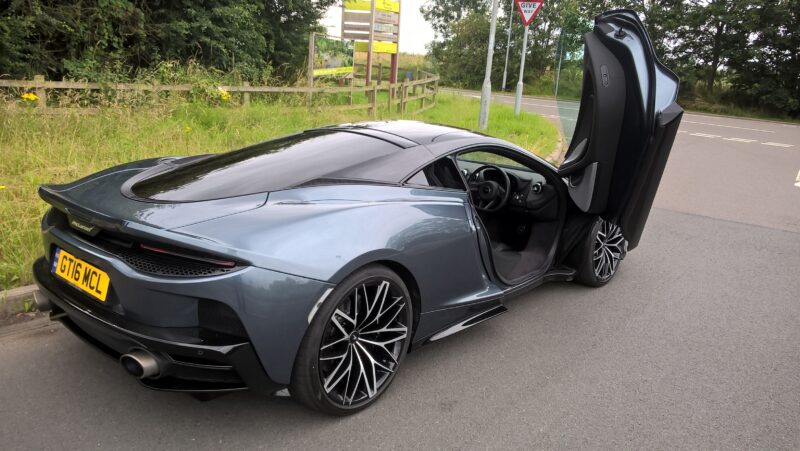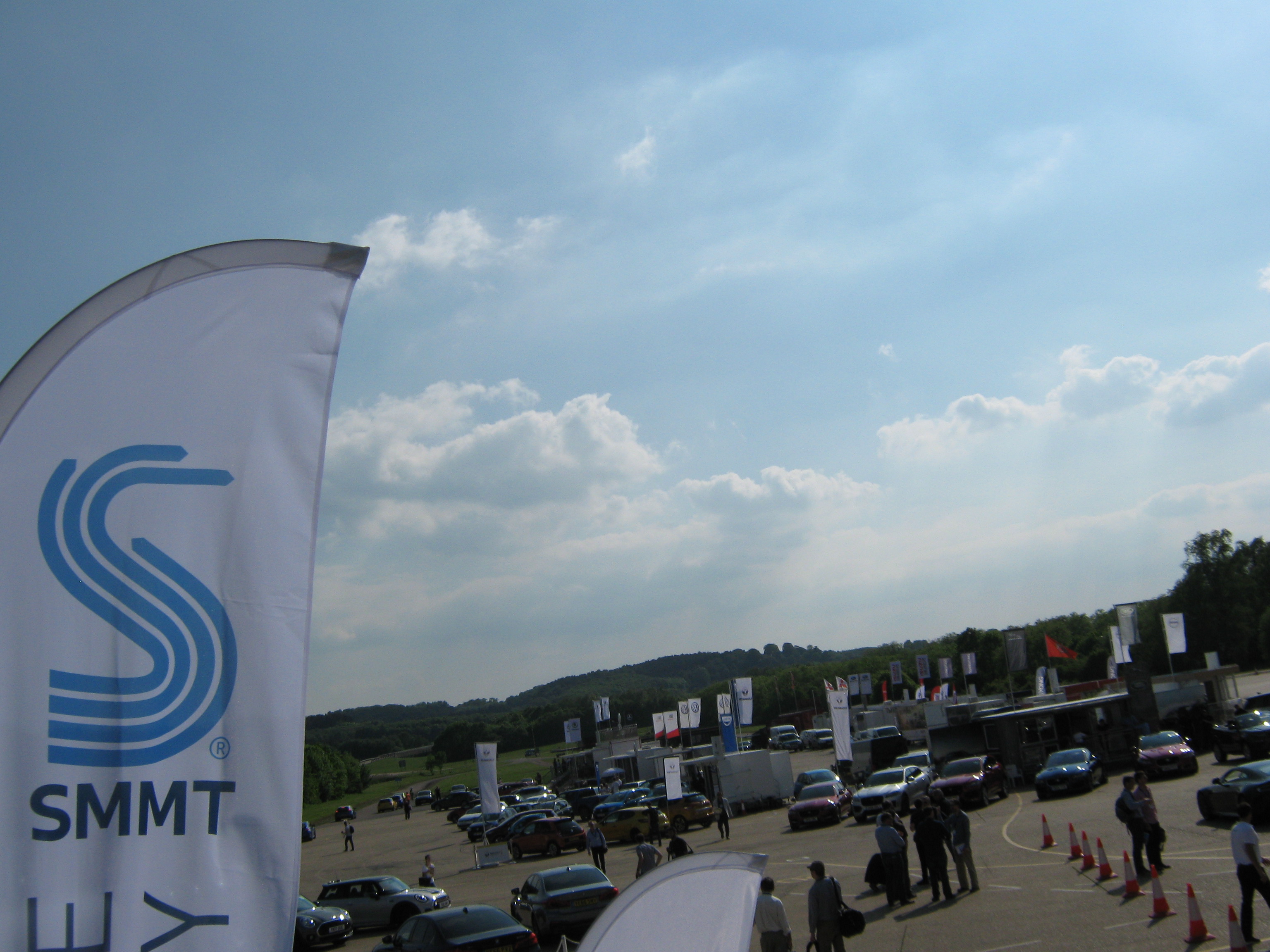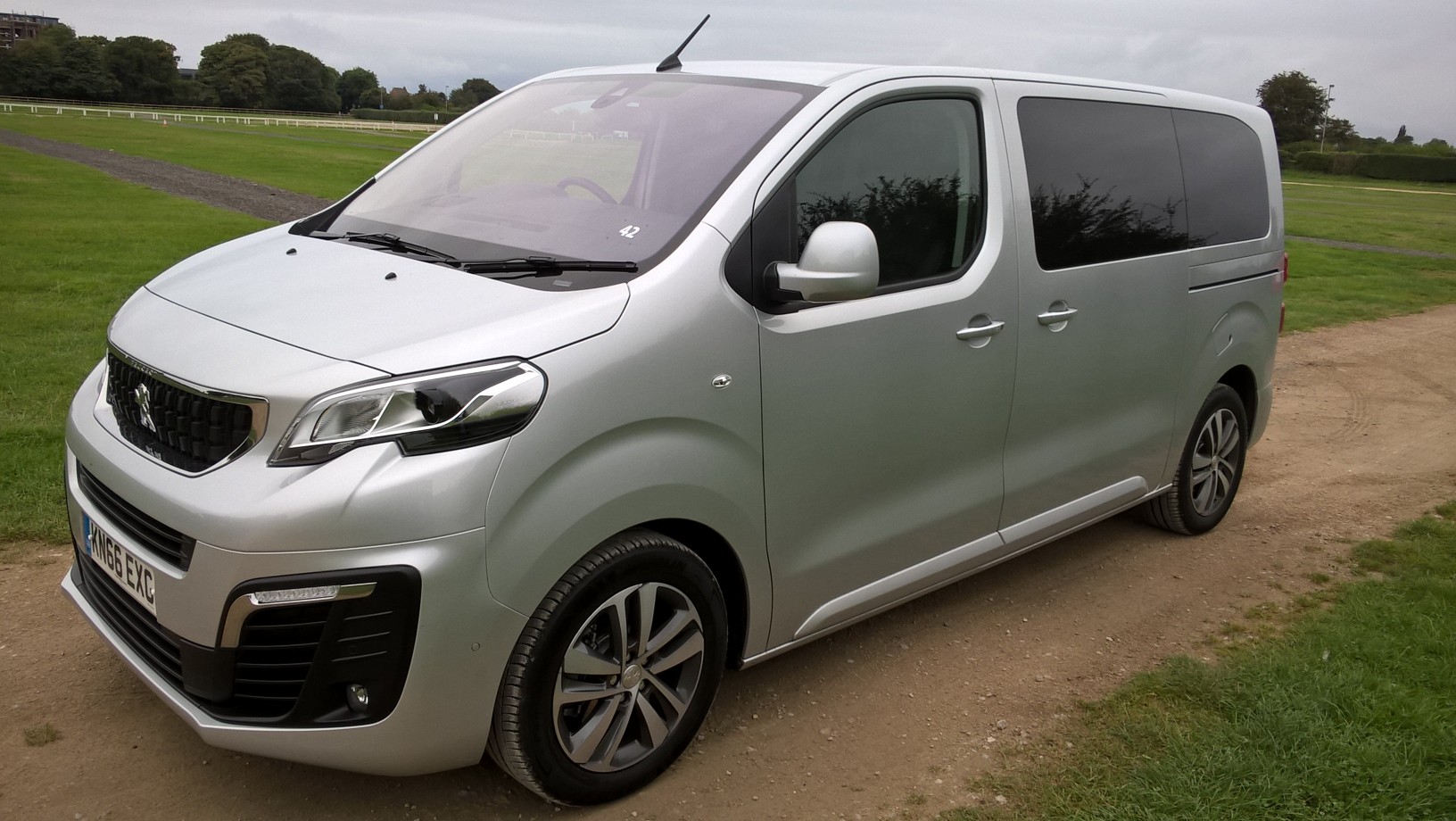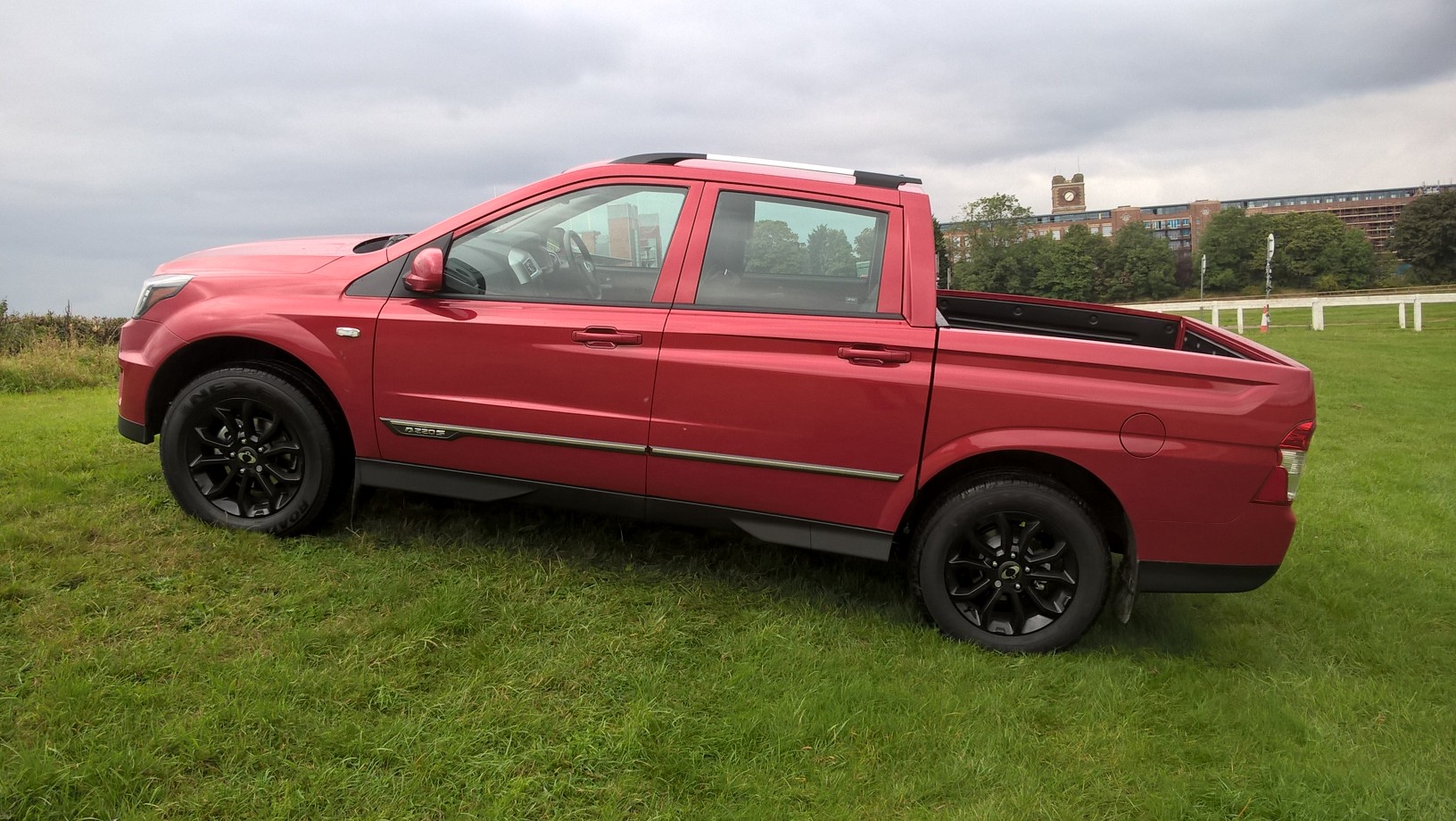All comparisons are relative when testing pick-ups. Fortunately, I had driven the now-defunct Mazda BT-50 in 2008 ; at one Mazda launch, I had the temerity to ask the PR director why there was a pick-up amongst a blatantly marketed sporty range; it seemed anomalous to me. Isuzu was the most popular pick-up brand in 1980’s Cyprus when the country depended on agriculture for its economy. In evenings, double-cabs would squeeze in farmers’ children to get to relatives’ houses – or the beach . You still see the brand although most southern city-dwelling Cypriots (the island is divided) are more interested in German marques even if they have had problems more recently paying off excise duty on examples imported into Limassol.
Britain’s best-selling pick-up is the Mitsubishi L200 with model names to perturb like ‘Warrior’ and ‘Barbarian’. Isuzu are far less Ramboesque with an ascending “premium range” of the aptly named Eiger, Yukon and the twenty-six thousand pound Utah, that bean counters have been generous enough to equip with rear parking sensors – shouldn’t they be obligatory with any pick-up? The Isuzu D-Max Eiger does without gaudy stickers or chrome embellishments and looks purely utilitarian within and out. A 2.5 sixteen valve diesel sounds agricultural on start-up with 70mph achieved at a raucous 1600rpm. 400Nm will provide the pulling torque for a 3500kg certified towing capacity, recently upped from 3000kg to pull an additional horse. The L200 has 700kg less towing capacity but 65kg more payload and both share five year warranties with a 125,000 mileage limit for the Mitsubishi, 5000 miles more than the Isuzu.
[youtube]http://www.youtube.com/watch?v=nPPL8YACyTY&feature=c4-overview&list=UUkcq57hYVBLy7NSJYDynQNA[/youtube]
That Mazda BT-50 had a large disparity in stiffness between front shock absorbers and rear leaf spring suspension – similar shapes to curved metal that formed the ’suspension’ on old prams. With the D-Max, there is not such a large difference in ’give’ between front and back. A good test is to drive slowly over speedbumps and if your head is suddenly pushed back into the headrest, then the rear leaf springs are stiffer than stiff. Unlike the BT-50, the “extended cab” has enough room for your knees and can seat three adults with seat squabs pivoting vertically against seat backs, secured by rudimentary hooks around headrests to slide in a one -wheel (front removed) mountain bike; alternatively, the seatback could be folded over the squab. Hotter climates will like ten available cup holders whilst a bed liner kit at a reasonable £207.50 excluding VAT will protect the loading bay and sides. Ergonomically, there appears to be only one flaw which is that the motorised mirror adjustment controls are obscured when the steering wheel is in the straight-on position. Rear parking sensors are not standard on our £23k Eiger model and the aftermarket detachable face-off Pioneer CD/radio is mean and miserly of Isuzu when they produce their own stereo units for the Yukon and Utah versions. Our Eiger’s only adornments are alloy wheels and body coloured bumpers compared to the standard double cab.
Trying to find any muddy hill, or hill for that matter was a challenge around the East Midlands although the 4WD dial was dialled for inclines around Rutland Water – rear wheels crunching to adherence on gravelly surfaces. Apart from reversing into spaces (without parking sensors!) , the D-Max is a surprisingly easy vehicle to drive which will appeal to those who value function over bling. £275 will pay for one year’s tax (including a first registration fee) with 477 miles covered over mostly A – roads for 60 litres of fuel. I estimated a combined 36mpg or 65 miles for £10 worth of diesel -commendable given engine size and combined mass. A credible towing vehicle it appears then, with more substance than those city-types who reverse their L200s into low water to offload their prized jet-skis!
Words, photos and film are copyright of Sotiris Vassiliou
September 2013




